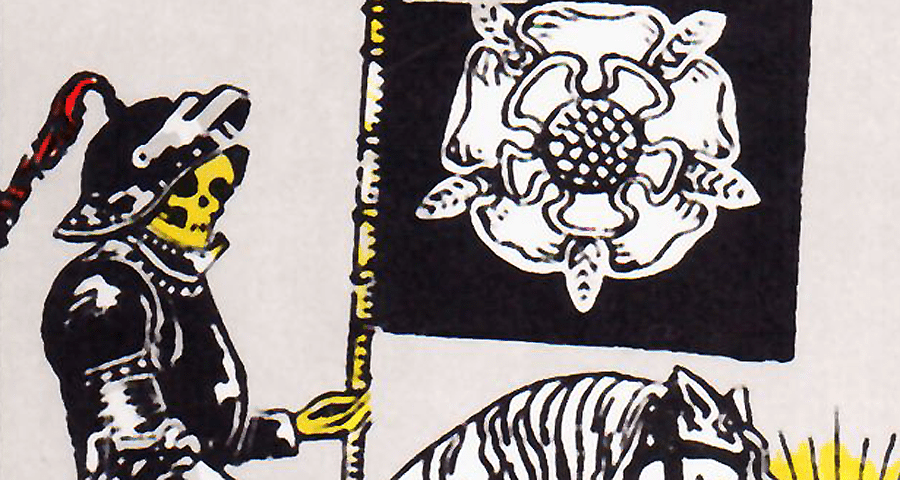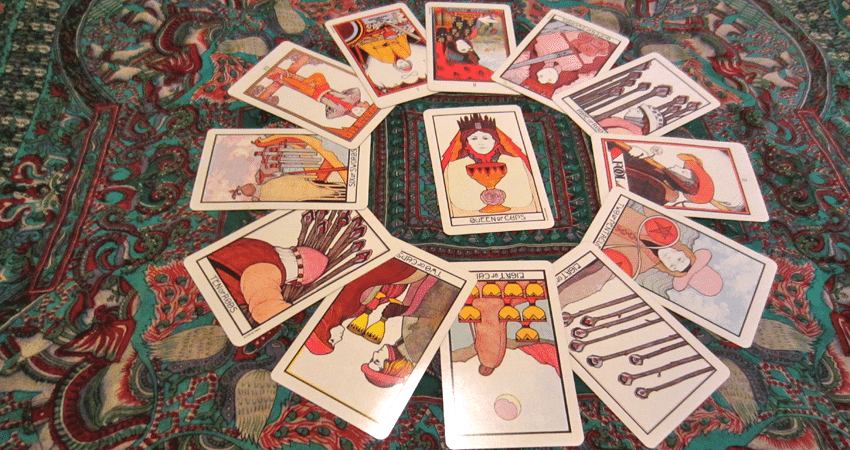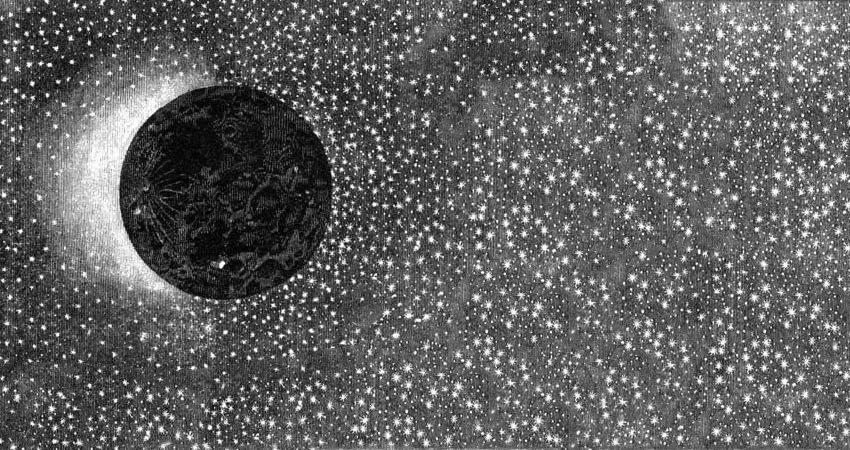
The Winter Solstice, Traditional Chinese Medicine, and a Time for Repose
Categories: Metaphysics & Unexplained Phenomena Spirituality & Religion
The Winter Solstice, Traditional Chinese Medicine, and a Time for Repose
Two theories for why we sleep have always intrigued me: the restorative theory and brain plasticity. Sleep is said to be a time for our bodies and cognitive functions to repair, rejuvenate, and restore. Sleep is also said to be the time when structural and organizational changes in the brain takes place, known as brain plasticity. These theories are perhaps instructive on how we might observe the winter solstice.
The winter solstice is symbolic of that time for sleep. It is a critical solar term in the Chinese lunisolar calendar. That lunisolar calendar is the Huang Tao, or Yellow Path, an expression of the earth’s orbit around the sun. One cycle of the Yellow Path represents one calendar year, which is further subdivided into twenty-four solar terms. The winter solstice represents one of those twenty-four terms during the mid-winter season, identified in the lunisolar calendar by the earthly branch zi (子). Zi (子) is timed along the ascendant hour of the Rat, between 11 pm and 1 am, the time of sleep. Thus, midwinter corresponds with the time of sleep. Perhaps it is no coincidence that the winter solstice marks the longest night of the year.
In traditional Chinese culture, the winter solstice is a time for nourishment. Bone broth soups with healing herbs are prepared to restore the body. Under traditional Chinese medical philosophy, the physical body best absorbs nutrients during the cold winter months and so the winter solstice is a time for healing. Healing, nourishing foods are eaten to maintain both the physical and spiritual health of the body.
In the north, the regional Chinese celebrate the winter solstice by eating meat dumplings. In the south, tang yuan, or sweetened glutinous rice dumplings are served. Both traditions are about the reunion of family, of family remembrance. Food offerings are left out on the ancestor altar through the eve of the winter solstice as further remembrance of family. Gold joss paper is burned as offerings for the family’s patron deities and silver joss paper burned as offerings to the dead. The next day, those food offerings from the altar are eaten for blessings, prosperity, and protection.
The 64 hexagrams of the I Ching Book of Changes represent the compendium of life and all life cycles. Hexagram 24 (復), indicating recharge, recovery, and repose, is the hexagram corresponding with the changes ushered in by the winter solstice. It is a turning point, when light wanes into darkness, a time for self-preservation.
This winter solstice, December 21, take time out of your regular schedule for self-care, repose, foods that will nourish your body, mind, and spirit, and a moment to remember the dead, so that the memories of those who came before us can strengthen the powers of those who are here now and with that rejuvenated strength, flourish during our literal and figurative winters. Set boundaries in your social life, put yourself first and preserve your own well-being, eradicate from your personal space that which you know to be toxic, and then prepare a hot meal to feed the soul. This longest dark night of the year, take the time for repose. It is the season to recharge yourself. It is also a time for structural and organizational planning of the 2018 to come.
Tags: Benebell Wen



